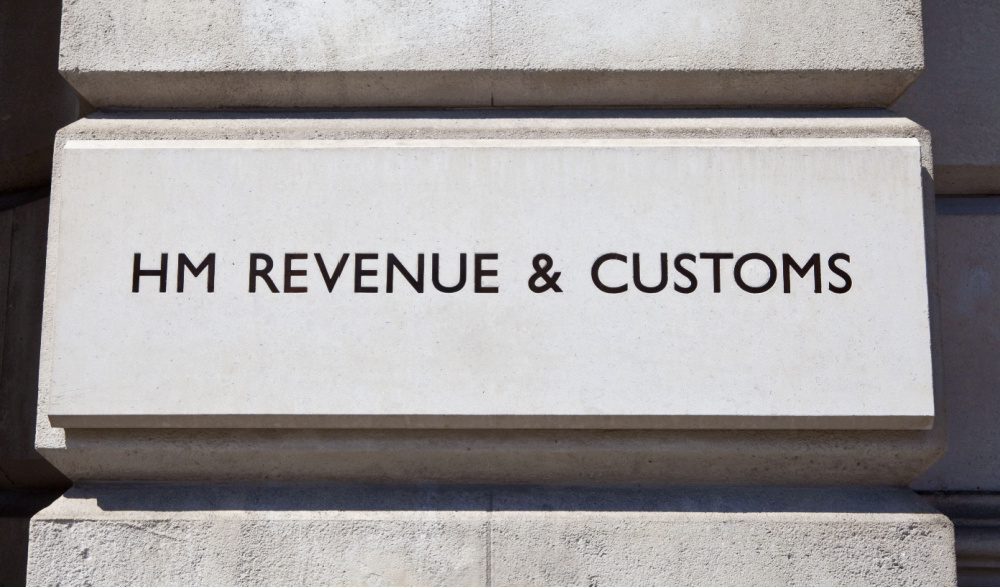This year, the 1st of April 2023 marked the 50th anniversary of Value Added Tax (VAT) in the UK.
Introduced in 1973 ahead of the UK entering the European Economic Community, VAT has since become a fundamental part of the tax system and a key revenue source for the government.
However, this tax has undergone many changes over the last five decades, including significant adjustments in the last few years alone.
To mark 50 years of VAT, this blog looks into the history of the tax and its development from the pre-1970s to the 2020s and its current adaptation.
The introduction of VAT
Before World War II, the UK mostly relied on direct taxation, which was weighted towards income and profit instead of consumption. However, this started to shift during the war, as a purchase tax was introduced in 1940 to target non-essential goods.
No political party wanted to introduce a broad sales tax out of concern that the cost of basic necessities would increase, but the Labour government did implement a Selective Employment Tax (SET) in 1966. This was a levy on service industry employment to supplement the purchase tax.
When the Conservatives took office in 1970, both SET and the purchase tax were abolished, so the UK could introduce VAT as a requirement of joining the European Economic Community.
Under the Finance Act 1972, VAT then came into effect for the first time on 1st April 1973. Essential goods like food, fuel, and housing were exempt, but other goods and services were subject to a single rate charge of 10%.
VAT through the years
In 1974, when Labour returned to office, they reduced this standard rate to 8%, but introduced a higher rate for petrol at 25% as an energy conservation measure – which later also applied to non-essential luxury goods, but was halved in 1976.
Once Thatcher’s Conservative government took over in 1979, they abolished the higher rate and raised the standard rate to 15%. Between then and 1990, VAT revenue grew into an increasingly larger percentage of government revenue, outpacing income and wealth taxes.
Through the 1990s, the VAT rate was increased again to 17.5%, and the exemption for domestic fuel and power supplies was removed, making these liable at a reduced rate of 8%.
The next Labour government lowered this reduced rate to 5% in 1997, but after this – other than reclassifying some goods and services – no changes were made for over a decade.
11 years later in 2008, the Labour government cut the standard rate for the first time since 1974, lowering it to 15% in response to the financial crisis and recession.
In 2010, it returned to the previous rate of 17.5%, then was increased to 20% the following year by the coalition government in an attempt to reduce the fiscal deficit.
The standard VAT rate has remained at 20% since, though the Conservative government temporarily applied the reduced rate of 5% to businesses in tourism and hospitality as the economy struggled to recover from the COVID-19 pandemic in 2020.
Leaving the EU in 2020 has also led to some shifts in the way VAT is levied on cross-border trade and international transactions, giving the UK the opportunity to take more control over its VAT system.
What’s next for VAT?
As any VAT-registered business or provider of liable goods or services will know, the biggest change at present is the Making Tax Digital push towards managing taxes exclusively online through the government’s digital portal.
Those who import goods from outside the UK into the country for sale were required to move to the new Customs Declaration Service platform in October 2022, while the deadline for exporters of goods from the UK to other countries has been delayed to March 2024.
All should also be aware of the newer VAT penalty system that came into effect at the start of 2023, which changes the way businesses are charged and penalised for late filing or late payment.
There are plenty of administrative burdens that come with managing taxes on imported goods, which is why a bonded warehouse facility run by experts like John K. Philips can be so beneficial.
Our bonded warehouse provides a secure storage facility for imported goods, which can be held in a HMRC-approved ‘duty suspension’ zone until you remove them for circulation in the UK market. This means you can defer payment until you’re ready to sell the goods.
Not only can we store your goods safely and help with the related paperwork, but we also provide integrated logistics services for distribution across the UK and Europe as needed.
Interested in streamlining your financial planning and logistical operations? Get in touch with John K. Philips by calling 01744 751 000 or filling out our enquiry form and we will be in touch to discuss how our services could help you.


